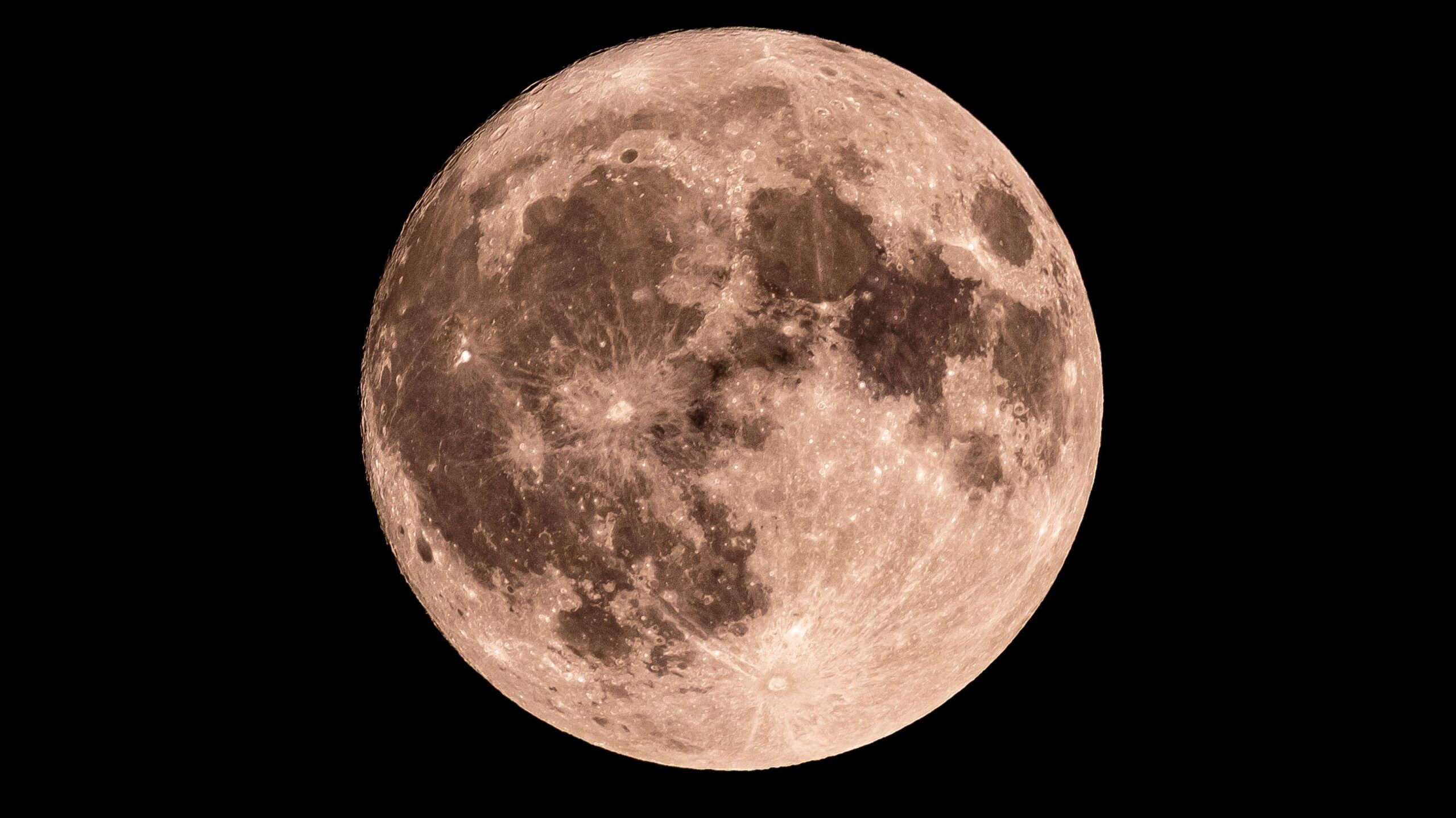Science
Discover the Moon’s Waning Gibbous Phase on July 15, 2025

Understanding the moon’s appearance can be a captivating experience. On July 15, 2025, the moon will transition through its lunar cycle, presenting a Waning Gibbous phase, with approximately 77% visibility from Earth. This phase occurs as the moon orbits our planet, showing varying amounts of sunlight reflecting off its surface.
The lunar cycle, which spans roughly 29.5 days, consists of eight distinct phases, as outlined by NASA. These phases result from the changing angles between the sun, moon, and Earth, illuminating different portions of the moon as it moves through its orbit. As a result, observers on Earth witness a fascinating transformation in the moon’s appearance.
What to Expect Tonight
Tonight, the moon will be in its 20th day of the lunar cycle. Observers without telescopes can enjoy views of prominent lunar features like the Oceanus Procellarum, the Copernicus Crater, and the Mare Vaporum. For those equipped with binoculars, additional sights include the Clavius Crater, Alphonsus Crater, and the Mare Humorum. Using a telescope will reveal even more details, allowing stargazers to spot the Apollo 14 landing site, Rima Hyginus, and the Schiller Crater.
The next full moon is scheduled for August 9, 2025, following the previous full moon that occurred on July 10. As the moon continues through its cycle, enthusiasts can look forward to witnessing these celestial changes.
Understanding Moon Phases
Moon phases consist of a sequence that includes the following stages:
– **New Moon**: The moon is positioned between Earth and the sun, rendering it invisible from our perspective.
– **Waxing Crescent**: A small crescent of light begins to appear on the right side (for observers in the Northern Hemisphere).
– **First Quarter**: Half of the moon is illuminated on the right side, appearing as a half-moon.
– **Waxing Gibbous**: More than half of the moon is lit, approaching its full state.
– **Full Moon**: The entire face of the moon is bright and clearly visible.
– **Waning Gibbous**: The illuminated portion begins to decrease, starting from the right.
– **Last Quarter (or Third Quarter)**: The left half of the moon is lit, appearing as another half-moon.
– **Waning Crescent**: A thin sliver of light remains on the left side before the cycle resets.
Each phase not only serves as a reminder of the moon’s dynamic relationship with Earth and the sun but also offers a delightful spectacle for skywatchers. Whether you are a seasoned astronomer or a casual observer, the moon’s changing face continues to captivate and inspire people around the world.
-

 World5 months ago
World5 months agoSBI Announces QIP Floor Price at ₹811.05 Per Share
-

 Lifestyle5 months ago
Lifestyle5 months agoCept Unveils ₹3.1 Crore Urban Mobility Plan for Sustainable Growth
-

 Science4 months ago
Science4 months agoNew Blood Group Discovered in South Indian Woman at Rotary Centre
-

 World5 months ago
World5 months agoTorrential Rains Cause Flash Flooding in New York and New Jersey
-

 Top Stories5 months ago
Top Stories5 months agoKonkani Cultural Organisation to Host Pearl Jubilee in Abu Dhabi
-

 Sports4 months ago
Sports4 months agoBroad Advocates for Bowling Change Ahead of Final Test Against India
-

 Science5 months ago
Science5 months agoNothing Headphone 1 Review: A Bold Contender in Audio Design
-

 Top Stories5 months ago
Top Stories5 months agoAir India Crash Investigation Highlights Boeing Fuel Switch Concerns
-

 Business5 months ago
Business5 months agoIndian Stock Market Rebounds: Sensex and Nifty Rise After Four-Day Decline
-

 Sports4 months ago
Sports4 months agoCristian Totti Retires at 19: Pressure of Fame Takes Toll
-

 Politics5 months ago
Politics5 months agoAbandoned Doberman Finds New Home After Journey to Prague
-

 Top Stories5 months ago
Top Stories5 months agoPatna Bank Manager Abhishek Varun Found Dead in Well









